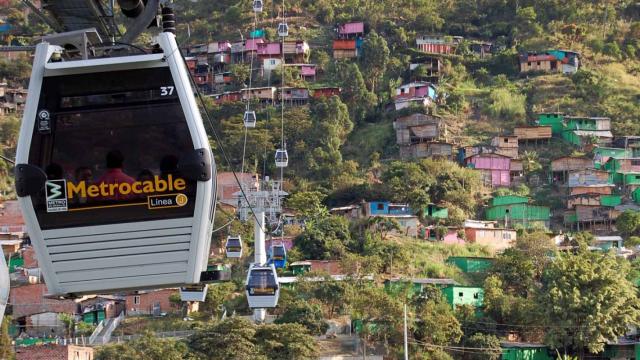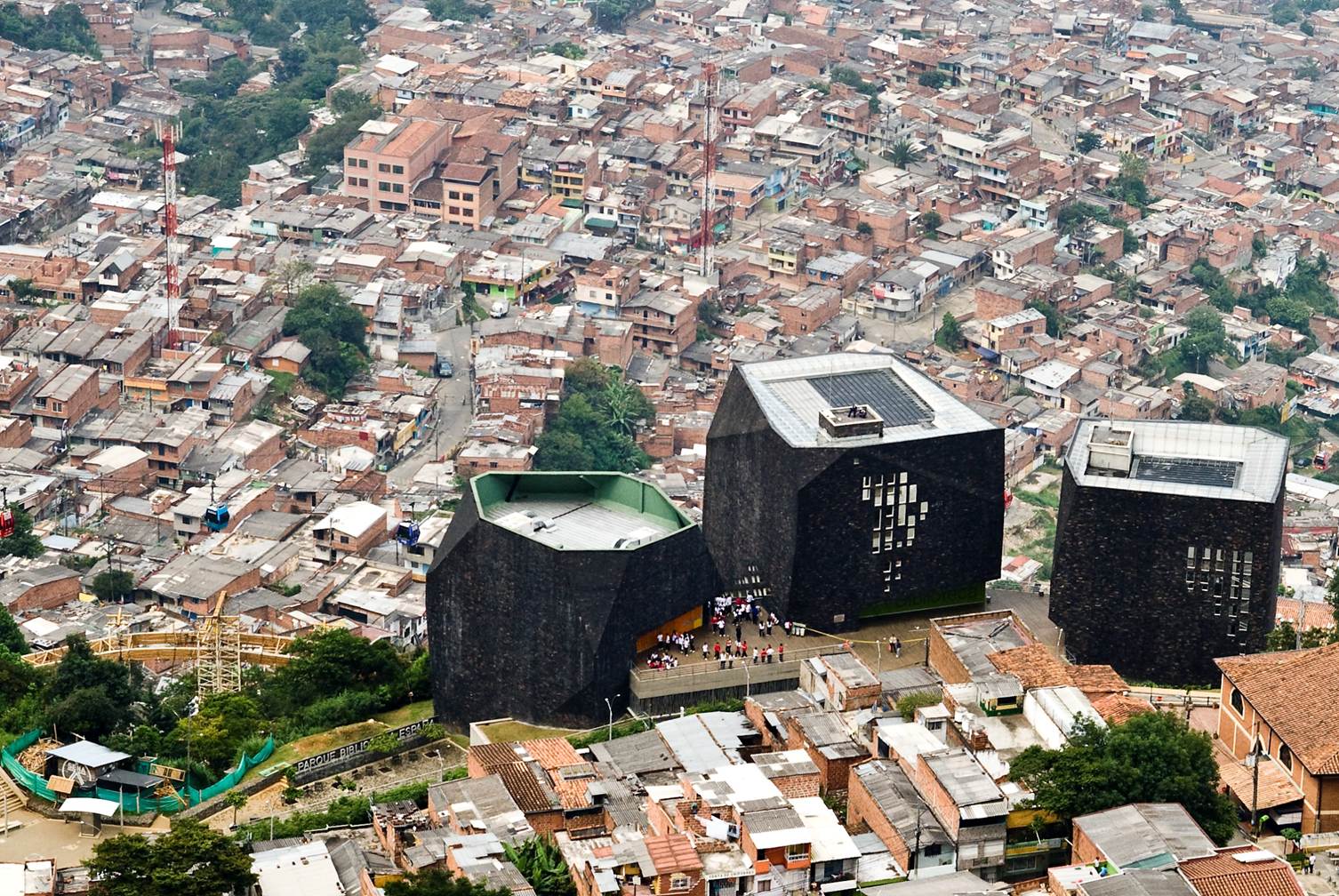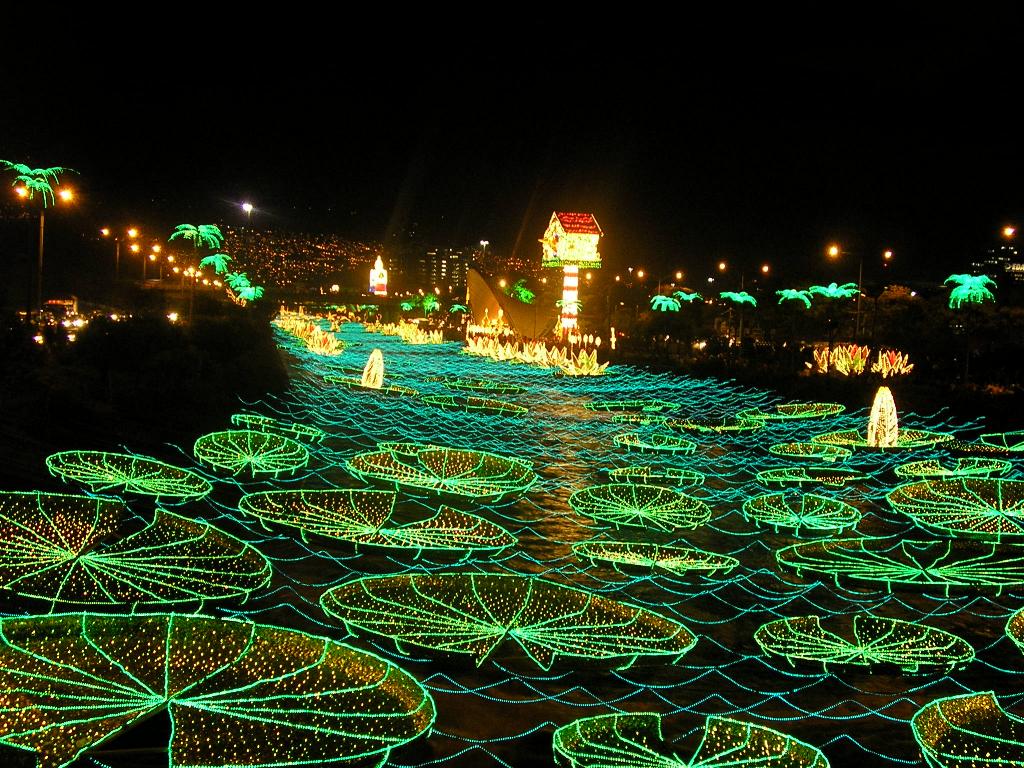
MEDELLIN – A man carrying a policeman’s hat dashes past a young boy called Juan in downtown Medellin. At just seven years old, the child instantly understands. The man has just murdered a cop in cold blood and has taken the hat as proof for reward money from drug lord Pablo Escobar.
More than 600 police officers were murdered this way in the 1980s and 90s in a city that was known as the most dangerous in the world. But today, Medellin is something else: safe, clean and modern. It won Most Innovative City 2013, defeating cosmopolitan favorites San Francisco and Tel Aviv.
“My country has always been at war. It still is today. But it’s not the same,” said Juan, now a 30-year-old tour guide. His earliest memories are of his mother taping their windows from the inside so glass would fall outwards when bombs hit. His childhood was littered with sounds of gunshots and the relentless fear that a policeman would storm in and kill his parents with false allegations, as was the custom.
When authorities finally tracked down and killed Escobar after a lengthy firefight on December 2, 1993, the Colombian government set about finding and capturing rival gang leaders. The next initiative in Medellin was to rebuild and renovate a city with crippling poverty, damaged infrastructure and low morale.
At a time when Colombia’s capital, Bogotá, has been paralyzed by farmer strikes, Medellin’s rise has never seemed more pertinent. Although the country's second-largest city is affected by the strike, most areas remain calm. It’s a stark contrast to Bogotá’s Plaza de Bolivar, where marchers have clashed with police.
Current Medellin Mayor Aníbal Gaviria said: “Medellín stands as an example for many cities around the world because, despite having lived very dark and difficult times 20 years ago, we have been undergoing a true metamorphosis.
“Going from pain and fear to hope, and now from hope to be a place filled with life. The city has known how to innovate in every step, both in social programs, urban developments or the combination of both.”
What is remarkable is the way the city used symbols to transform meaning. Juan, speaking in the beautiful Parque de la Luz (Park of Light), said, “Ten years ago we could not stand here. No way. This was Escobar’s playground.”
He pointed out the former cartel headquarters by the park. It is now the Ministry for Education. There is a wry sense of humor about the way the city council has transformed the city. It seems that every building, statue and open space is somehow a retort aimed at the late Escobar and the drug cartels.
This is most palpable with artist Fernando Botero’s obese sculptures scattered around the city. They laugh in the face of violence. In 1996, a guerrilla blew up one of his fat bird statues, killing 23 people – mostly children. In response, the artist demanded the ruins remain. He then sculpted a taller, prouder piece alongside it – The Bird of Peace.
Apart from humor, there is a sense of purpose about "Medellinovation." The city is sculpted into a valley in the Andes and many impoverished areas sprawl up the mountains, making commutes unmanageable. The City Council of Medellin built a Metro Cable to reach the steep, isolated hills. Now, the cable has reduced commute times from two and a half hours to just 20 minutes, and is the first of its kind in South America. Medellin also has the only metro train in Colombia.
The council built the Libreria España in the hills by the Metro Cable. It is a spectacular sight and encourages tourism to the region. More importantly, it enables disadvantaged locals to read. Huge sports centers, artificial beaches and parks have also sprung up in the city.
How is it all financed? Not through drug money. There is a perverted conception that Escobar was a Robin Hood figure, taking from the rich to help the poor. About 16,000 people turned up to mourn at his funeral.
The reality is less quixotic. Juan is obstinate: “Drug money didn’t build this city. It destroyed it. Escobar was like all drug lords – he lived a selfish life in a mansion.”
The Washington, DC-based Urban Land Institute, which bestowed upon Medellin the Most Innovative City title, said: “The local government, along with businesses, community organizations, and universities worked together to fight violence and modernize Medellin.
“Transportation projects are financed through public-private partnerships; engineering firms have designed public buildings for free; and in 2006, nine of the city’s largest firms funded a science museum.”
Medellin has worked hard to negate its former harmful image. Now, tourists flock to the city for the first time in its history. The fight is not over. Medellin still ranks high on lists of the world’s most dangerous cities as dealers continue to battle for control of drug routes. Nevertheless, the turnaround has been astounding and Medellin no longer needs condescending comparisons to its past. It can now stand on its own as a viable, modern city.
3 WAYS TO SHOW YOUR SUPPORT
- Log in to post comments













